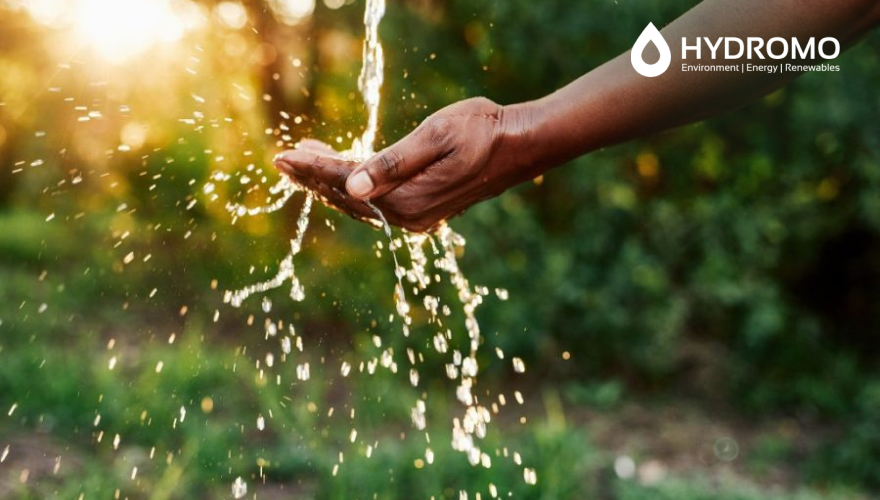
Water scarcity is a critical issue facing many regions around the world, and India is no exception. With a rapidly growing population, urbanization, and climate change affecting precipitation patterns, the demand for water in India has outpaced its available resources. In the quest for viable solutions, two main strategies have emerged: desalination and water conservation. This blog will delve into a comparative analysis of these approaches, weighing the pros and cons of each in the context of India’s unique challenges.
Desalination: Turning the Tides
Desalination is a process that involves removing salt and other impurities from seawater, making it suitable for consumption and agricultural use. The technology has gained traction globally, particularly in arid regions where freshwater sources are limited. In the Indian context, coastal areas with proximity to the vast Arabian Sea and the Bay of Bengal present an ideal setting for desalination plants.
Pros of Desalination:
Diversification of Water Sources: Desalination provides an alternative source of freshwater, reducing reliance on traditional sources like rivers and groundwater.
Consistent Supply: Unlike rainfall-dependent sources, desalination can provide a consistent and reliable water supply, essential for both urban and agricultural needs.
Addressing Specific Regional Needs: Coastal regions facing acute water scarcity can benefit from desalination, ensuring a localized solution to water stress.
Cons of Desalination:
Energy Intensive: Desalination processes, particularly reverse osmosis, require significant energy inputs, contributing to environmental concerns and raising operational costs.
High Initial Investment: Establishing desalination plants involves substantial upfront costs, making it a less economically viable option compared to other water sources.
Environmental Impact: The discharge of brine back into the sea and the potential harm to marine ecosystems are significant environmental concerns associated with desalination.
Water Conservation: Preserving the Lifeline
Water conservation focuses on optimizing the use of existing water resources through efficient management practices, behavioral changes, and technological advancements. This approach emphasizes the importance of reducing water waste and promoting sustainable water use habits.
Pros of Water Conservation:
Cost-Effective: Implementing water conservation measures can be more cost-effective than investing in large-scale desalination plants, especially in regions with existing infrastructure.
Environmental Sustainability: Water conservation is inherently more environmentally friendly, requiring fewer resources and having a lower carbon footprint compared to desalination.
Community Engagement: Water conservation initiatives often involve communities, raising awareness and fostering a sense of responsibility towards water use.
Cons of Water Conservation:
Behavioral Challenges: Changing established water use behaviors can be a slow and challenging process, requiring extensive education and outreach efforts.
Weather Dependency: Conservation measures may be less effective in regions heavily dependent on seasonal rainfall, where water scarcity is exacerbated during dry periods.
Limited Scope: In certain regions, where water scarcity is extreme and alternative sources are limited, relying solely on water conservation may not be sufficient to meet the growing demand.
In the pursuit of addressing water scarcity in India, the choice between desalination and water conservation is not a one-size-fits-all scenario. Both approaches have their merits and drawbacks, and a combination of strategies tailored to specific regional needs may be the most effective solution.
While desalination offers a technologically advanced response to localized water shortages, the associated costs, energy requirements, and environmental impact must be carefully considered. On the other hand, water conservation, with its emphasis on sustainable practices and community involvement, can provide a more holistic and cost-effective solution in many cases.
Ultimately, the success of any water management strategy lies in a comprehensive, context-specific approach that integrates both desalination and water conservation. By leveraging the strengths of each method, India can navigate its water scarcity challenges more effectively and secure a sustainable water future for its growing population.
